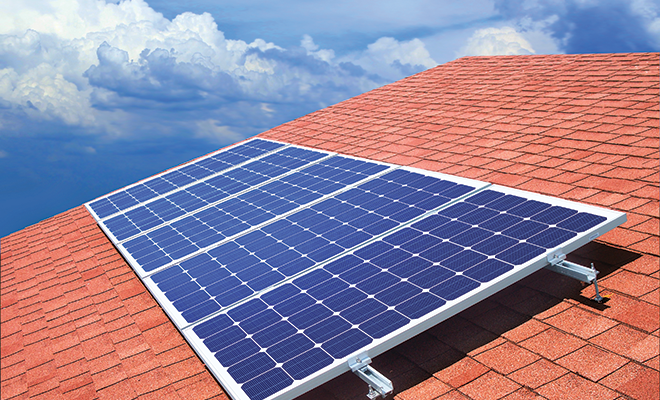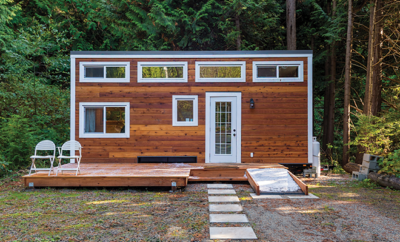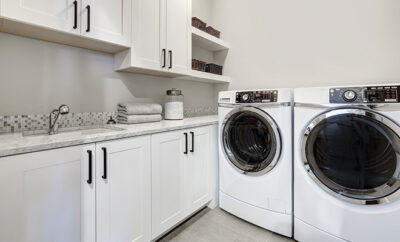
Earth Day Turns 50: Is Your House Green?
April 22 marks the 50th anniversary of Earth Day, created to bring environmental awareness to the public and protection of all forms of life on Earth. In honor of this momentous occasion, let’s take a look at one option we have to go green.
It’s called Leadership in Energy and Environmental Design, better known as LEED Certification, a green building certification program used worldwide. According to Wikipedia, it includes a set of rating systems for the design, construction, operation and maintenance of green buildings, homes and neighborhoods that aims to help building owners and operators be environmentally responsible and use resources efficiently.
If you are in the market to build or buy a LEED-certified home, what exactly are you getting yourself into?
LEED-certified homes are supposed to use energy and water resources more efficiently and are purposefully built that way, which in turn most likely raises the initial cost of design and construction. In addition to those costs, pursuing the LEED certification itself is an added expense. Without that certification, you cannot claim LEED. But these higher initial costs are designed to be mitigated over time due to the lower operational costs compared to a house built by standard methods and materials.
As a result of the LEED certification, green homes may sell faster and for a higher price than their counterparts, up to 35 percent more than a non-certified home. An important consideration to home buyers is utility costs, and green homes offer lower water, power and gas bills.
Some experts say that the average green home, not necessarily a LEED-certified home, saves a homeowner around $800 per year in living expenses, or about $24,000 over a 30-year mortgage. So, they feel safe to add that an energy-efficient home is worth somewhere around $24,000 more than a conventionally built home. The National Association of Home Builders says that 90 percent of homebuyers prefer energy-efficient green homes, and more than half will pay up to $5,000 more for a green home that has lower utility bills. One statistic reports that for every dollar of a reduced utility bill, the average resale value of a green home increases anywhere from $15 to $20.
A few years ago, the University of Texas at Austin and the U.S. Green Building Council released a study that found homes built to meet green building standards such as LEED and ENERGY STAR were worth an average of $25,000 more than conventional homes. The Green Homes study looked at more than 3,800 green-certified homes, including LEED-certified homes, built in the Austin-Round Rock Metropolitan Statistical Area between 2008 and 2016 to determine if certification raised the resale value of homes. Area homes built to LEED specifications saw an 8 percent increase in value, while homes built to more general green standards experienced a 6 percent increase.
As far as professional appraisals go, since the energy efficient and green home market is leading the way for home building technology, it stands to reason that the valuation practices for these features are still evolving. It may be hard for an appraiser to find comparable homes to help with their analysis. Appraisers are working quickly to understand the rating systems set up for green building. And as customer demand and overall knowledge of green homes expand, professionals foresee energy efficiency audits as one of the homeowner’s tools to choose a home, perhaps similar to an appraisal. Today, in some markets there is a special category for green homes in the Multiple Listing Service used by Realtors to search for homes.
Overall, green building was expected to increase from $55 billion in 2015 to $100.4 billion in 2018, according to the USGBC. It’s a safe bet to project your green home will sell faster and reap higher returns than the Jones family next door who live in a conventionally built home. ■
Sources: washingtonpost.com, zillow.com and greenhomeguide.com.







